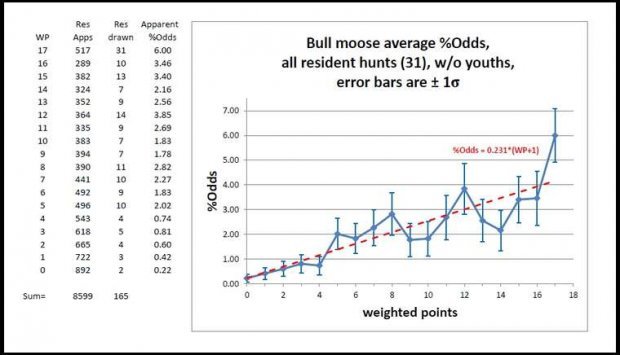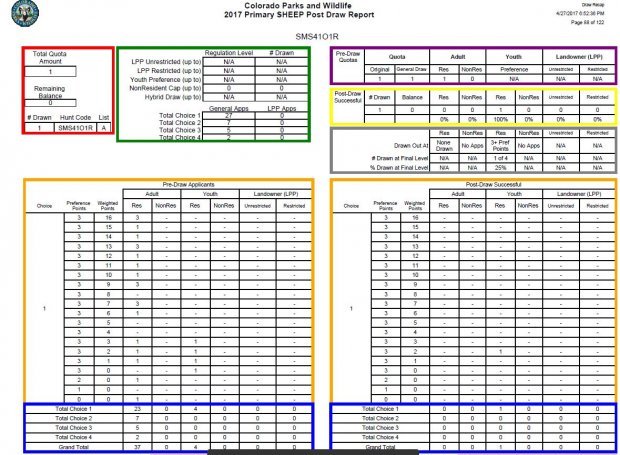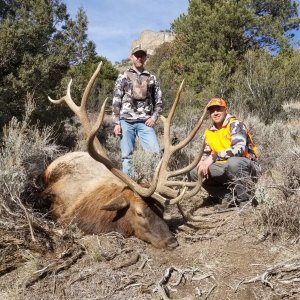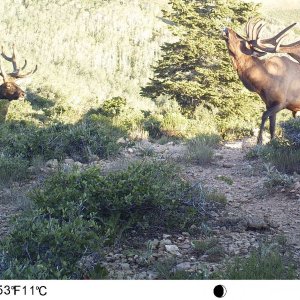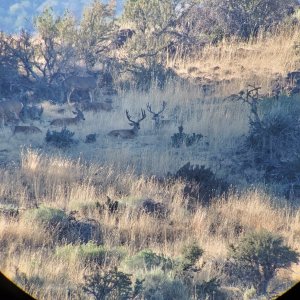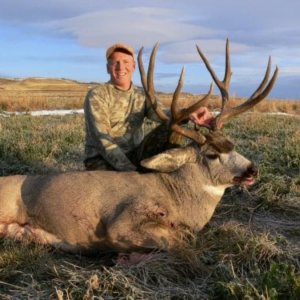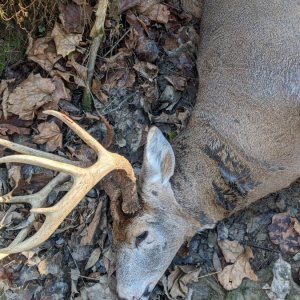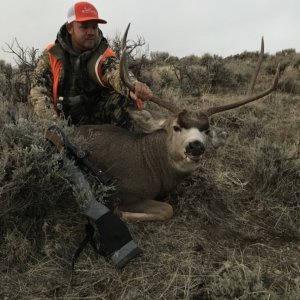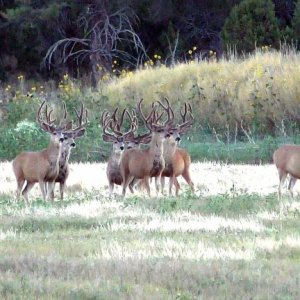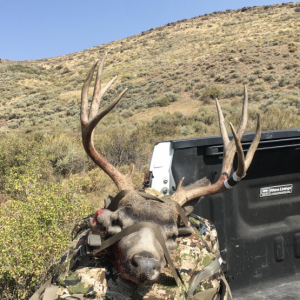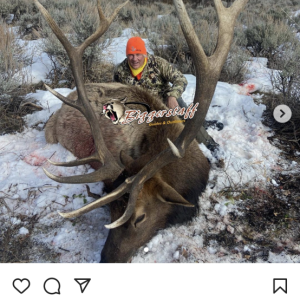COLOelkman
Very Active Member
- Messages
- 1,032
LAST EDITED ON Jan-30-19 AT 05:41PM (MST)[p]Below are last years odds for residents to draw a moose tag (bull and cow combined). They do not separate out the numbers for bull tags but generally speaking, odds are a lot better to draw a cow tag than a bull tag.
2018 CO Resident Moose draw odds via CPW website
Weighted Res Res Draw/Apps
W Ppts Apps Draw (% odds)
17 608 38 6.25
16 368 10 2.72
15 516 14 2.71
14 474 10 2.11
13 499 12 2.40
12 645 19 2.95
11 538 12 2.23
10 618 10 1.62
9 689 13 1.89
8 697 25 3.59
7 774 20 2.58
6 997 30 3.01
5 1024 27 2.64
4 1164 21 1.80
3 1318 29 2.20
2 1621 25 1.54
1 1984 46 2.32
0 2460 35 1.42
So here's my question/problem with the current moose draw system. Next year, they've added a $50 fee to apply for moose. I have a lot of moose points but there is really no better odds if you have high points or low points. I discussed the moose odds with a CPW officer at the Denver ISE and he claimed that those with high points have a "significantly" greater chance to draw. As my instincts told me that was not true, the numbers confirm my suspicion that points don't really matter. You kinda hafta understand the draw system a little to understand why. So, trying to decide whether to now shell out $50 every year for about a 2% chance to draw (prolly much lower for a bull tag). I plan to at least comment to the CPW on their current system to see if they might consider modifying it some to provide a little more favor to those that have been applying for many years. Any comments?
******************
Note the table above got reformatted once it posted so you basically need to know the 1st column is weighted Pref points and the last column are the odds.
2018 CO Resident Moose draw odds via CPW website
Weighted Res Res Draw/Apps
W Ppts Apps Draw (% odds)
17 608 38 6.25
16 368 10 2.72
15 516 14 2.71
14 474 10 2.11
13 499 12 2.40
12 645 19 2.95
11 538 12 2.23
10 618 10 1.62
9 689 13 1.89
8 697 25 3.59
7 774 20 2.58
6 997 30 3.01
5 1024 27 2.64
4 1164 21 1.80
3 1318 29 2.20
2 1621 25 1.54
1 1984 46 2.32
0 2460 35 1.42
So here's my question/problem with the current moose draw system. Next year, they've added a $50 fee to apply for moose. I have a lot of moose points but there is really no better odds if you have high points or low points. I discussed the moose odds with a CPW officer at the Denver ISE and he claimed that those with high points have a "significantly" greater chance to draw. As my instincts told me that was not true, the numbers confirm my suspicion that points don't really matter. You kinda hafta understand the draw system a little to understand why. So, trying to decide whether to now shell out $50 every year for about a 2% chance to draw (prolly much lower for a bull tag). I plan to at least comment to the CPW on their current system to see if they might consider modifying it some to provide a little more favor to those that have been applying for many years. Any comments?
******************
Note the table above got reformatted once it posted so you basically need to know the 1st column is weighted Pref points and the last column are the odds.

